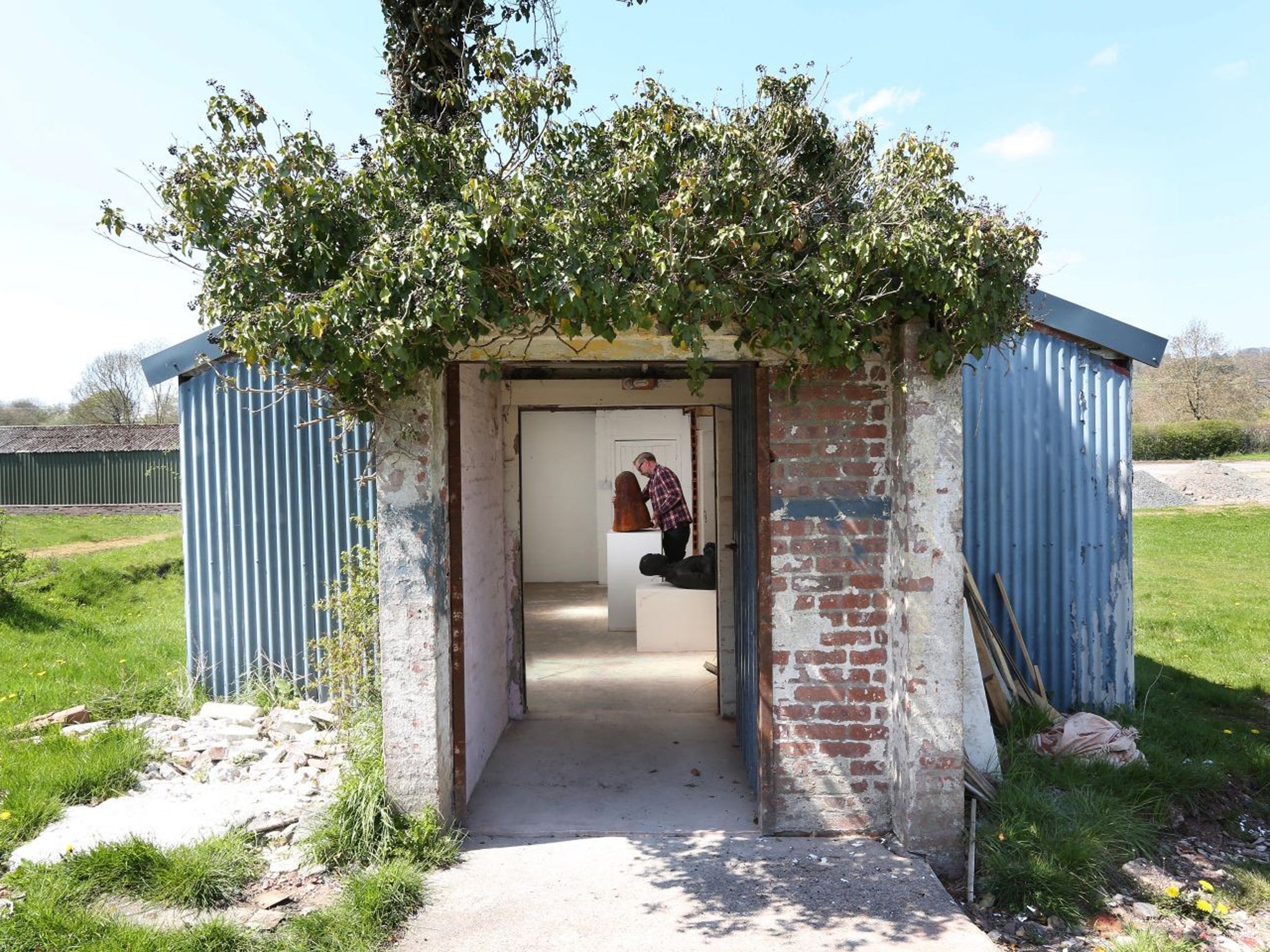The Independent's journalism is supported by our readers. When you purchase through links on our site, we may earn commission.
In The Studio: Des Hughes, artist
'I like to work where I shouldn't be. A lot of my work is done on the move'

Your support helps us to tell the story
From reproductive rights to climate change to Big Tech, The Independent is on the ground when the story is developing. Whether it's investigating the financials of Elon Musk's pro-Trump PAC or producing our latest documentary, 'The A Word', which shines a light on the American women fighting for reproductive rights, we know how important it is to parse out the facts from the messaging.
At such a critical moment in US history, we need reporters on the ground. Your donation allows us to keep sending journalists to speak to both sides of the story.
The Independent is trusted by Americans across the entire political spectrum. And unlike many other quality news outlets, we choose not to lock Americans out of our reporting and analysis with paywalls. We believe quality journalism should be available to everyone, paid for by those who can afford it.
Your support makes all the difference.Des Hughes is an artist whose sculpture is subversive and light-fingered, made in materials and techniques a long way from the bronze and marble of traditional sculptors. He has had his share of success, having recently been on the long-list for the fourth Plinth in Trafalgar Square with a proposed sculpture based on the effigy figures found in many British churches, although, he shrugs self-deprecatingly, "I knew a more famous artist would win".
His studio, next to his house in Kington, near Hereford, is a shed, small for two and with not even a chair in sight. "I like to work where I shouldn't be working. Much of my work is done on the move," he says, patting his pocket. He draws and thinks in the car while waiting at the school gates for his two children.
"I am constantly drawing or figuring things out," he says, in explanation pointing at some blackened hot-cross buns on the work surface. "That is what happens when you leave hot-cross buns in the Aga for three days." He taps them to show how dried-out they are. "I'm not sure what I will do with them".
Born in 1970 in Nottingham, Hughes studied sculpture in Bath, where he learnt to make things. "Bath was heavily reliant on assistants and bronze casting." Making is something that still engrosses him; the experimentation, the process, is as important as the final object. "It is about creating potential. A circumstance where things can happen."
His work has penetrated into the family home, which he shares with partner and painter Clare Woods and his aforementioned children. Above the cooker hangs a sculpture of brambles, based on a pagan ornament burned after Christmas, found in the nearby countryside. This one has been preserved in plaster bandages, a technique that Hughes has been working on so he can then proceed to hopefully casting the final object in bronze. On a shelf lie plaster-cast snowballs, which will eventually find themselves in one of Hughes's cabinet of curiosities.
Hughes takes me up to his other studio on the hills outside the town. Larger, and in its raw state, it will allow him to experiment further with chemicals to create new surfaces and patina. He is working towards an exhibition in Berlin of rusted objects, and has been testing techniques here, explaining that it is about "the little victories in the work". The studio is windswept and again empty of any creature comforts bar an electric kettle. "Eighty per cent of my work gets made outside the studio, it happens all through the day."
Returning to the courtyard, there is an effigy cast in rusty steel, half chapel-dog, half sock-monkey, sitting protecting the house, made, Hughes tells me, from cannibalised parts of the Fourth Plinth sculpture.
The Whitworth Gallery in Manchester has purchased it so it will not be there for long. He jokes, modestly. "I think they think I am from Manchester, not Nottingham".
Des Hughes is in the Artist's House, New Art Centre, Roche Court Sculpture Park, near Salisbury (01980 862244; sculpture.uk.com)
Portrait John Lawrence
Join our commenting forum
Join thought-provoking conversations, follow other Independent readers and see their replies
Comments